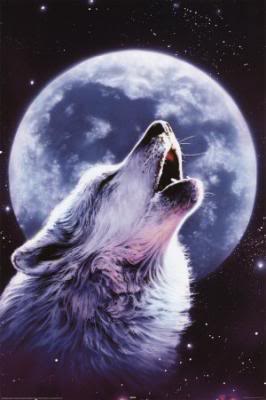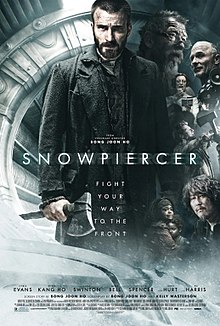Exclusive: Producer Jeff Davis and Director Russell Mulcahy Talk TEEN WOLF
By Christina RadishAs the creator and executive producer of the MTV series Teen Wolf, Jeff Davis has developed a re-imagining of the iconic ‘80s film that is darker, sexier and edgier than the original.
At the show’s press day, Jeff Davis and Russell Mulcahy talked to Collider in this exclusive interview about bringing this show to life for MTV, how important it was to establish the look of the werewolves, developing their werewolf mythology, the fact that Season 1 will have many twists and turns, all the behind the scenes features they already have planned for the DVD release, and their excitement to take the series to Comic-Con in San Diego.The key point for us:
Were there things that you specifically wanted to make sure that you kept with werewolf mythology, and were there things that you wanted to add that were new?
DAVIS: Absolutely! Shape shifter myths are pretty much found in every culture and every society. It’s pretty extraordinary. The pilot we actually named “Wolf Moon” because the cycles of the moon are actually all named from Native American history. In January, wolves would howl outside of the villages because they were hungry. So, January was named Wolf Moon.More information on the so-called Wolf Moon from FarmersAlmanac.com:
Full Moon Names and Their MeaningsFull Moon names date back to Native Americans, of what is now the northern and eastern United States. The tribes kept track of the seasons by giving distinctive names to each recurring full Moon. Their names were applied to the entire month in which each occurred. There was some variation in the Moon names, but in general, the same ones were current throughout the Algonquin tribes from New England to Lake Superior. European settlers followed that custom and created some of their own names. Since the lunar month is only 29 days long on the average, the full Moon dates shift from year to year. Here is the Farmers Almanac’s list of the full Moon names.
• Full Wolf Moon--January Amid the cold and deep snows of midwinter, the wolf packs howled hungrily outside Indian villages. Thus, the name for January’s full Moon. Sometimes it was also referred to as the Old Moon, or the Moon After Yule. Some called it the Full Snow Moon, but most tribes applied that name to the next Moon.Comment: At least the Farmers Almanac attributed the moon names to a particular region rather than all of Native America. That's more than Davis and Mulcahy did.
But I doubt the Farmers Almanac has the slightest credibility when it comes to Native lore. I'm guessing it's been repeating these "moon" stories for decades or centuries since someone made them up.
Here's a list of
American Indian Moons from 29 tribal cultures. The cultures include half a dozen in the Almanac's New England to Lake Superior range, and specifically the Algonquin. So how many used the term "Wolf Moon"?
Answer: Zero. The Algonquin name for January is
squochee kesos, meaning "sun has not strength to thaw." The only January name that even mentions wolves is the Sioux "wolves run together." The Cheyenne use this as one of their names for December.
What "Wolf Moon" tells us
"Wolf Moon" seems to be a myth, perhaps concocted by the Farmers Almanac. It continues because most people think Indians have one continent-wide culture. And it apparently involves a lot of wolf worship. When Indians aren't running or dancing with wolves, they're soaring like eagles or hawks. Or running like buffalo.
This bit of stereotyping sends a lot of messages. Native religion is nothing more than animal worship. Indians have a mystical connection with nature. Indians are more animal-like than "real people." Indians lead romantic lives of following their hearts and their "spirit guides." No mentions of
smallpox,
broken treaties, or
genocide here!
The image below kind of says it all. The Wolf Moon concept, supposed used in the East, is represented by a
Plains chief. It doesn't matter whether the term is accurate or where it's used. It's all about homogenizing and
romanticizing Indians, which is part of denying their modern-day existence and diversity.
No doubt Davis and Mulcahy didn't intend these messages. But I bet they didn't do anything to contradict them, either. I bet there's no Indian in
Teen Wolf to explain "Wolf Moon," say it's limited to a certain region or made up by the Farmers Almanac, and give an authentic Native term instead. Because it's easier to keep Indians
invisible and contribute to the problem.
For more on the subject, see
Twilight Ruining Indians' Reputation? and
Differeing Views of Wolves.
P.S. This posting is not to be confused with
Moon Wolf in UNCANNY X-MEN.
















